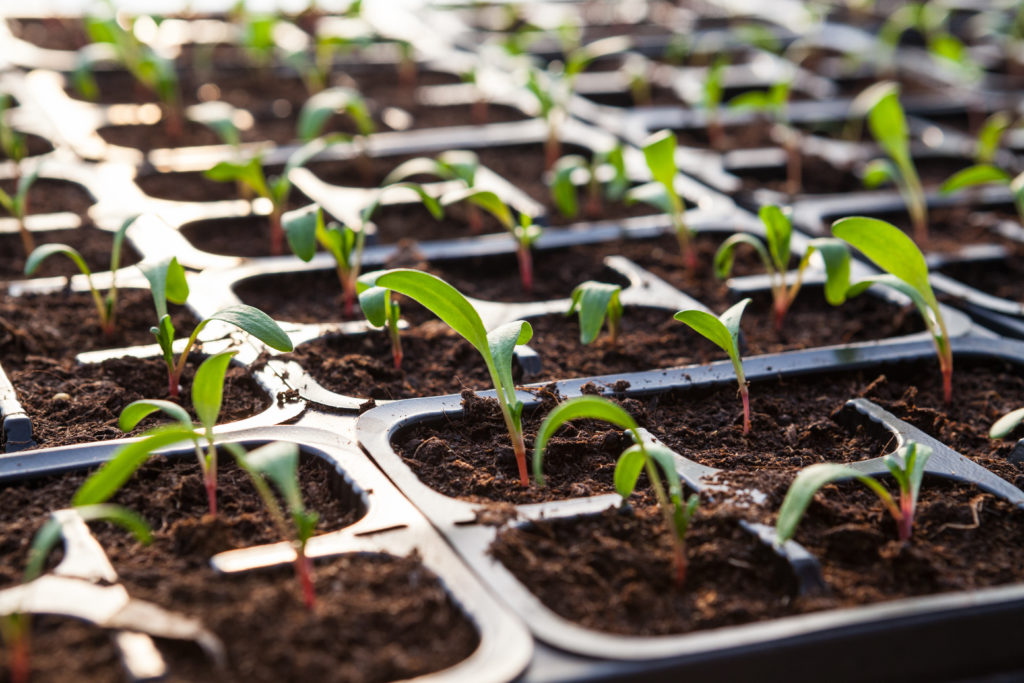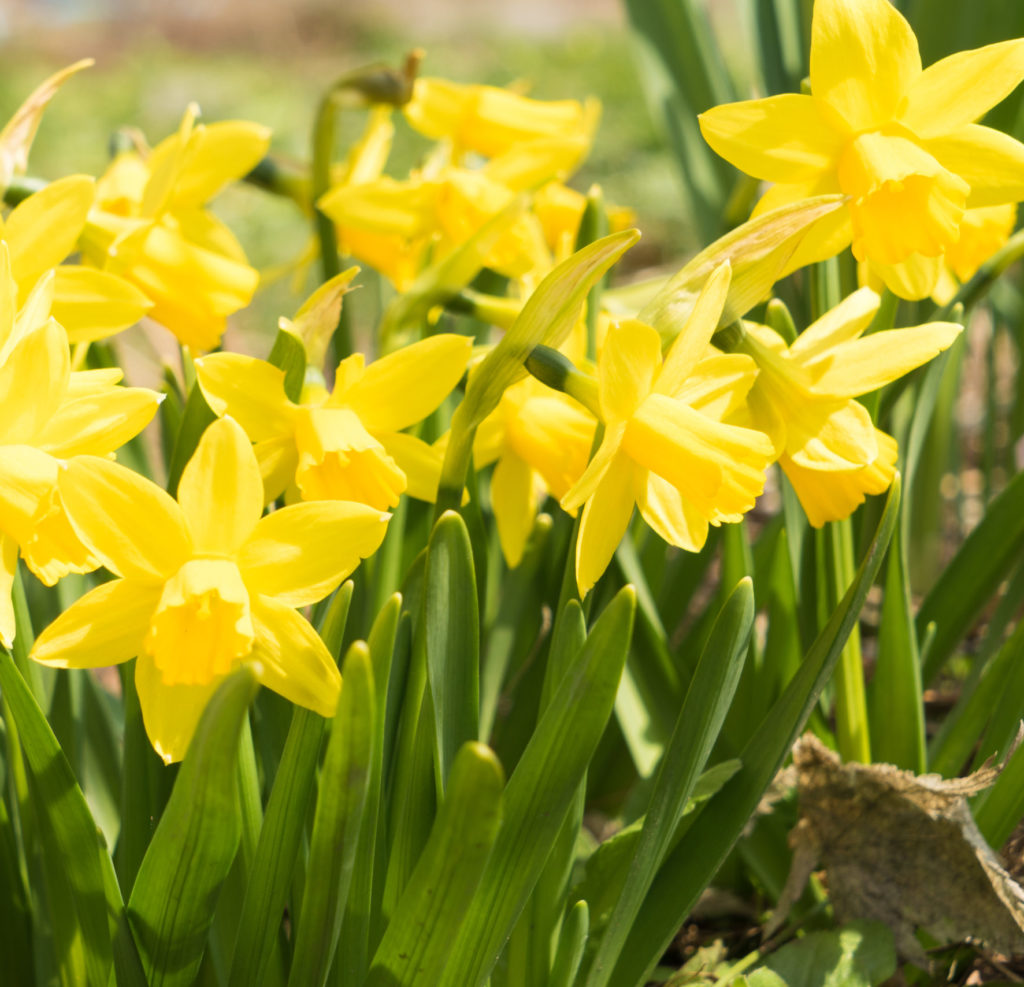Good Gardening Tips for March & April
To welcome the new season, Ann Winwood talks bulbs, shoots and saplings.
Now is the time we look forward to longer, milder days with temperatures into double figures. However, while the cold snaps may not be as regular, winter often has a sting in its tail – so beware of sharp frosts in March and April that will spoil vulnerable plants and soft shoots. Have some fleece handy and if we look likely to get a frost put the fleece over the tops of plants to protect them.
To prepare your garden for the coming year, weed and clean borders, then apply a general-purpose fertilizer before you add any mulches of compost or well-rotted manure. Dead head spring flowering bulbs as they finish, particularly daffodils, leaving the green foliage on and top dress with fertilizer; they’ll send the food back to the bulb and you’ll get a better display of flowers next year. Snowdrops can be split at this time of year into smaller clumps.
Pansies are a cold weather plant and black spots on the leaves are a symptom of any mild conditions that we had during winter. Remove as much as possible and keep plants on the dry side if you can. As the spores can lie dormant in the ground avoid planting pansies/violas in the same position for 12 months. Plants can be sprayed with systemic fungicide to discourage disease spread.
From inside to out
Many of the summer flowering bulbs and tubers such as lilies and gladioli can be planted outside as the weather warms up. Always plant lily bulbs on their side so that water doesn’t lie in the scales and cause them to rot. Lilies, especially Tree Lilies, benefit from being started off in pots and planted outside once established. They don’t reach their full potential in height for a couple of years but are well worth the wait.
Dahlias can be started off in pots inside, then planted out once the danger of frosts has receded. Begonias should be pressed gently into potting compost, curved side down and never completely covered. Water and keep on a light sunny windowsill or in a heated greenhouse.
Slugs and snails love young herbaceous shoots, especially in damp conditions. Use pellets to deter them. Slug Gone, from Vitax, is an excellent deterrent and is a natural product made from sheep’s wool, which acts as an irritant to slugs and snails.
Pest control
Rose pruning should be finished now and once the new growth has several sets of complete leaves open, start spraying them fortnightly against black spot, mildew and aphids. The best results are achieved by using two different products alternatively, so pests don’t build up a resistance to one particular chemical.
Remove moss and weeds from paths, patios and drives with one of the chemicals designed for this purpose – they’ll keep your area weed-free for the season. Read the label carefully before applying and follow the instructions.
Feed the lawn
With so much damp weather over the winter there’s going to be plenty of moss in lawns. I recommend a certain slow-release organic fertiliser that feeds the lawn over a 12-week period. It contains bacteria which are naturally found in the soil, which when added to fertiliser will consume material like thatch and moss, making it unnecessary to rake after treatment.
There are also the traditional lawn moss killers available as well. Once the moss has died and gone black it can be raked out. Remember the golden rule with lawns is never rake moss out while it’s still alive, you’ll just spread it everywhere. Aerate the lawn with a fork or spikes on shoes to improve drainage. If you’ve got weeds as well, use one of the combined feeds, weed and moss killers. Any bare patches can then be reseeded. Feed regularly through the growing season.
Time to get sowing

Annual herbs can be sown now – fennel, parsley, savoury and dill all need replenishing every year. Perennial herb varieties can also be planted. Remember to water and feed them regularly so that you can keep cropping throughout the year.
Watch out for late frosts if you’ve got potatoes in tubs with plenty of leaf growth – always protect at night. Plant your first and second early potatoes followed by main crops, watching out for late frosts once the foliage appears.
Carrots, celery, beetroot, leeks, onions, broad beans and lettuce can all be sown or planted outside during April. Sow at regular intervals to give a steady supply of vegetables.
Plug plants are now appearing in garden centres; pop them into larger pots and keep them warm and in a sunny position. Don’t be tempted to leave them outside in early spring – the end of May is plenty soon enough.
Happy gardening!
This issue’s tips are provided by Ann Winwood of Lealans Garden Centre, Shipley.






